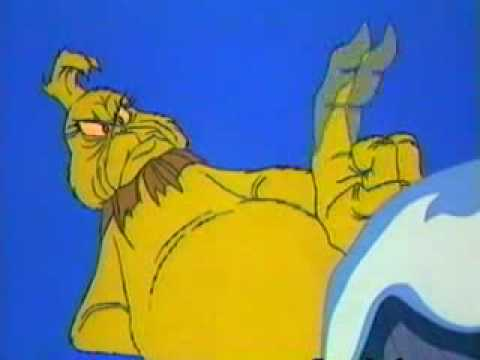The Change in the Discount Rate
The Change in the Discount Rate
You’re going to hear a lot of spin and frankly a lot of misguided remarks regarding the Fed’s change in the discount rate.
The noise, the noise – the noise!
Personally, I don’t give much credit as to whether or not this was anticipated or meaningless since the Fed is simply unwinding emergency measures from more drastic times with an instrument that banks rarely use anyhow. History is a much better guide than heads talking. In this case, history is relevant, but it will be the interest rate markets that will dictate how much and when.
Historically, a first increase in the Fed’s discount rate has little impact in and of itself, but stocks will be affected more or less according to the degree of change in the interest rate picture; in the months following.
Though it has not been re-edited since the 1990’s, Norman Fosback’s Stock Market Logic is a great source for studying bias in the market following a changing fundamental, such as a shift in interest rate policy. Here is Fosback’s summation regarding the stock market impact following an initial increase in the discount rate:
In the twelve months following increases in the discount rate, the stock market has also risen, but at a below average rate of less than 1% per quarter. Hence, a discount rate increase leads tends to act as a depressant on stock prices but not as an actual negative force. Or, more precisely, discount rate increases tend to mirror increases in market rates of interest which are the actual depressants on stock prices. Since it is always preferable to select the most direct indicator available, discount rate changes must defer to other interest rates as superior monetary forecasters of future stock market behavior.
The point to take here is that now is an especially keen time to monitor interest rates, as priced by the market. If short rates rise from here, we should accept this as a worthy depressant for stocks.
The Fed does not lead the market when it comes to rates (nor do heads talking), but the other way around. The market prices interest rates and ultimately the Fed follows suit. In this case short term rates had already moved-up (from essentially zero) before the Fed responded. Should we see further increase in short-term rates from here, the Fed will further increase the discount rate, as well as the more relevant Fed funds rate. Re-read this paragraph and you will be an expert on predicting the Fed.
Focus on how the various markets respond to market interest rates and vice-versa. Today’s action from the Fed may not yet be significant – how stocks trade in succession with interest rates will tell the tale.
And (in case you weren’t really sure or someone argues it doesn’t much matter), further increases down the line will become more and more of a depressant. Three Steps and a Stumble is a classic Fosback rule for changes in monetary policy and essentially insures some amount of hell lies ahead for stocks. This move is but number one – let’s now look to the rate picture as it develops to determine whether or not further steps are or are not yet looming.
















